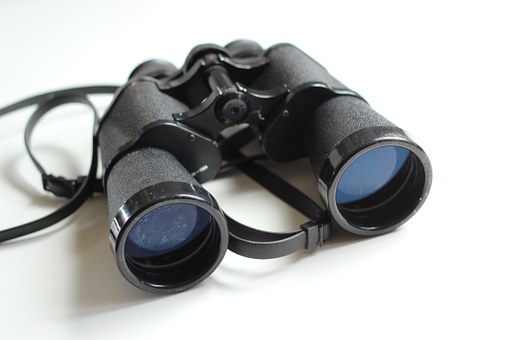How, through gradual, cumulative and relentless exposure to stretching learning opportunities, do young peoples’ learning habits progress?
Building the powers to learn
The whole point of building better learners is to do just that, to build the learning behaviours not just name them. The diagram alongside – Learning: Poles Apart – offers an outline view of this journey. It’s about building students’ emotional learning habits, their cognitive/thinking habits, their social learning habits and their ability to manage their learning process itself.
The diagram shows, the reluctant learner on the left and the learning powered learner on the right. It’s a long but exciting journey.
There are three key facets to the progression of learning behaviours – firstly the frequency/how often the behaviour is being used; secondly the range/scope of contexts in which it is used; and thirdly the skilfulness with which it is employed.
7a. Getting better = using it more frequently
The first dimension of progression is frequency/how often. The distinction between skill and habit is important – skills are what you can do, whereas habits are what you do do. A skill that is only rarely employed, or only employed when adult-directed, is at best embryonic. Initially the aim is to activate the skill more frequently through direct intervention with a view to reducing the level of intervention as the skill becomes stronger through more frequent use. The target is to develop the skill into a habit that the student employs frequently, without support, as and when the need arises.
The message here is to spot students using a learning behaviour and point this out.

7b. Getting better = using it in different contexts
The second dimension of progression relates to the range of contexts within which the skill is deployed. The child who is tenacious and thoughtful on the play station can equally be defeatist and impulsive in the classroom – they have the skills, but fail to recognise that the perseverance that leads to success on the play station is precisely the same outlook that is needed for success in the literacy lesson. Initially the skill is used only in familiar circumstances, but the aim is to help students to recognise and exploit opportunities to utilise their leaning behaviours in new and uncharted territory.
Look out for and comment on students using the habit, however tenuously, in different subjects or in the playground.

7c. Getting better = becoming more skilled in its use
The third dimension, and by far the most subtle, is that of skilfulness. While we may start by encouraging students to ask more questions, more often and in different subjects, we rapidly turn our attention to the quality of the questions that are being asked. It is not too difficult to describe the attributes of a high level, sophisticated questioner who is skilled at asking incisive, generative questions, but it is quite difficult to map out and sequence the steps between the natural curiosity of a three year-old and the sophisticated skill-set of the consummate question-asker/enquirer. This is the challenge, and why skilfulness is the most complex of the three aspects of progression. However, once mapped, the impact on how you coach, set targets, enable self and peer assessment, design tasks, and plan the curriculum etc. becomes immense.
Helping students become more skilled in their learning behaviours is a key role of a teacher in learning-friendly classrooms
7d. Expand your language for perseverance
Look at your learners through the lens of this map of progression in perseverance:
Estimate where they are now;
- Think about your most tenacious of learners – which skills and beliefs are already secure?
- Think about your ready giver-uppers – where are they on this chart?
- Outliers aside, where are the majority of your younger learners?
- Outliers aside, where are the majority of your older learners?
Use the chart to guide expanding your feedback language;
- What sort of day to day feedback phrases would you need to develop to help students develop
- from grey to purple (from students saying ‘I can’t’ to saying ‘show me, tell me’
- from purple to blue (from saying ‘show me or tell me’ to ‘I’ll try)
- from blue to green (from saying ‘I’ll try to ‘I see why)
And more generally:
- How does this chart/map affect your understanding of perseverance?
Working between the lines
Working between the lines
Here the perseverance chart has been stretched out to show the spaces between the lines — where lies the teacher’s territory.
You could use this stretched chart to plot the sort of language statements you might use in helping students to move from one phase to the next. Similarly, it might be a useful tool to help you plan the sort of activities you might try to encourage students’ development in perseverance.

Download the chart



Comments are closed.